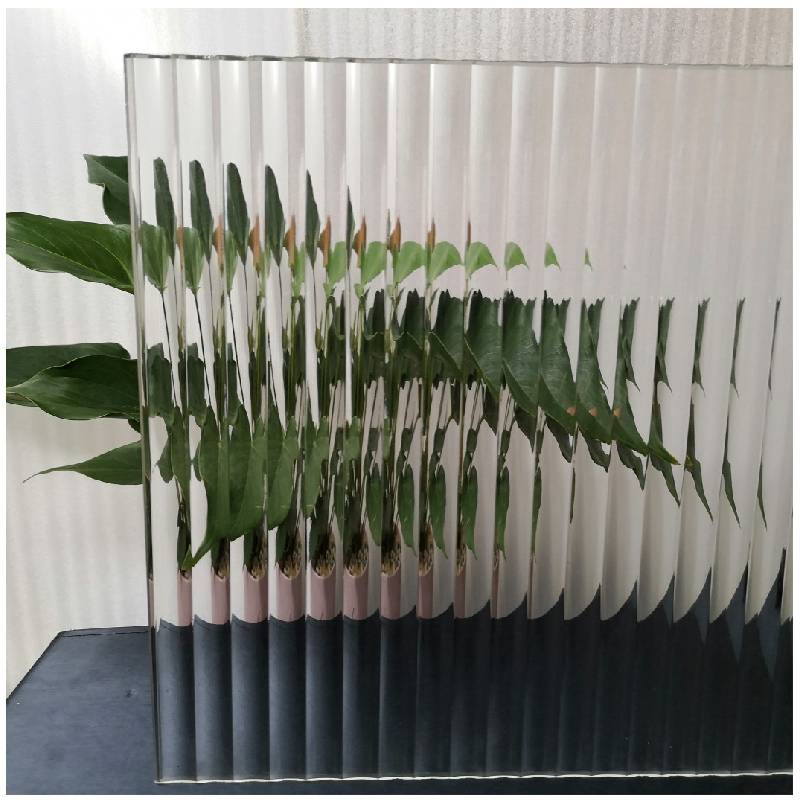Reflective Glass Architecture A Harmonious Dance of Light and Space
In the realm of modern architecture, reflective glass has emerged as a prominent material, transforming the way we design and interact with built environments. By incorporating large expanses of reflective glass, architects not only push the boundaries of aesthetic appeal but also redefine our relationship with light, space, and nature.
Reflective glass architecture is characterized by its ability to mirror the surroundings, seamlessly blending indoor and outdoor environments. This design philosophy promotes a harmonious coexistence between the structure and its context. Buildings clad in reflective glass can create stunning visual effects, capturing the ever-changing scenery throughout the day. As the sun moves across the sky, the glass façade shifts in appearance, displaying a dynamic interplay of light and color that enchants onlookers and enhances the building's appeal.
One of the most significant advantages of reflective glass is its energy efficiency. These glass panels often feature coatings that reduce solar heat gain, thereby minimizing the need for artificial cooling systems in warmer climates. This not only aligns with sustainable design principles but also results in reduced energy costs for occupants. In essence, reflective glass architecture embraces eco-consciousness without sacrificing style.
reflective glass architecture
Moreover, reflective glass offers a unique opportunity for interior designers. With its ability to amplify natural light, reflective glass can transform interior spaces, making them feel airy and expansive. Well-placed glass walls or windows can create a seamless transition between indoor and outdoor spaces, fostering a sense of connection with nature. This design approach has been linked to improved well-being, as natural light is known to enhance mood and productivity.
However, reflective glass architecture is not without its challenges. Concerns about glare and heat accumulation can arise in certain contexts. Architects must carefully consider the placement of reflective surfaces to minimize discomfort for both occupants and passersby. Additionally, in urban settings, reflective glass can impact the visual landscape, potentially contributing to a sense of alienation if not integrated thoughtfully within the neighborhood.
Despite these challenges, the allure of reflective glass architecture continues to captivate architects and clients alike. Innovative designs, such as the iconic One World Trade Center in New York and the futuristic Bosco Verticale in Milan, showcase the potential of reflective glass to create striking visual identities while addressing modern sustainability concerns.
In conclusion, reflective glass architecture represents a transformative approach to building design, marrying aesthetic beauty with environmental responsibility. As the dialogue between architecture and nature evolves, the reflective glass facade stands as a testament to human creativity and our desire to create spaces that resonate with both light and life. Through thoughtful application, reflective glass has the power to not only enhance the visual language of our cities but also enrich our everyday experiences within them.
 Afrikaans
Afrikaans  Albanian
Albanian  Amharic
Amharic  Arabic
Arabic  Armenian
Armenian  Azerbaijani
Azerbaijani  Basque
Basque  Belarusian
Belarusian  Bengali
Bengali  Bosnian
Bosnian  Bulgarian
Bulgarian  Catalan
Catalan  Cebuano
Cebuano  Corsican
Corsican  Croatian
Croatian  Czech
Czech  Danish
Danish  Dutch
Dutch  English
English  Esperanto
Esperanto  Estonian
Estonian  Finnish
Finnish  French
French  Frisian
Frisian  Galician
Galician  Georgian
Georgian  German
German  Greek
Greek  Gujarati
Gujarati  Haitian Creole
Haitian Creole  hausa
hausa  hawaiian
hawaiian  Hebrew
Hebrew  Hindi
Hindi  Miao
Miao  Hungarian
Hungarian  Icelandic
Icelandic  igbo
igbo  Indonesian
Indonesian  irish
irish  Italian
Italian  Japanese
Japanese  Javanese
Javanese  Kannada
Kannada  kazakh
kazakh  Khmer
Khmer  Rwandese
Rwandese  Korean
Korean  Kurdish
Kurdish  Kyrgyz
Kyrgyz  Lao
Lao  Latin
Latin  Latvian
Latvian  Lithuanian
Lithuanian  Luxembourgish
Luxembourgish  Macedonian
Macedonian  Malgashi
Malgashi  Malay
Malay  Malayalam
Malayalam  Maltese
Maltese  Maori
Maori  Marathi
Marathi  Mongolian
Mongolian  Myanmar
Myanmar  Nepali
Nepali  Norwegian
Norwegian  Norwegian
Norwegian  Occitan
Occitan  Pashto
Pashto  Persian
Persian  Polish
Polish  Portuguese
Portuguese  Punjabi
Punjabi  Romanian
Romanian  Russian
Russian  Samoan
Samoan  Scottish Gaelic
Scottish Gaelic  Serbian
Serbian  Sesotho
Sesotho  Shona
Shona  Sindhi
Sindhi  Sinhala
Sinhala  Slovak
Slovak  Slovenian
Slovenian  Somali
Somali  Spanish
Spanish  Sundanese
Sundanese  Swahili
Swahili  Swedish
Swedish  Tagalog
Tagalog  Tajik
Tajik  Tamil
Tamil  Tatar
Tatar  Telugu
Telugu  Thai
Thai  Turkish
Turkish  Turkmen
Turkmen  Ukrainian
Ukrainian  Urdu
Urdu  Uighur
Uighur  Uzbek
Uzbek  Vietnamese
Vietnamese  Welsh
Welsh  Bantu
Bantu  Yiddish
Yiddish  Yoruba
Yoruba  Zulu
Zulu 

